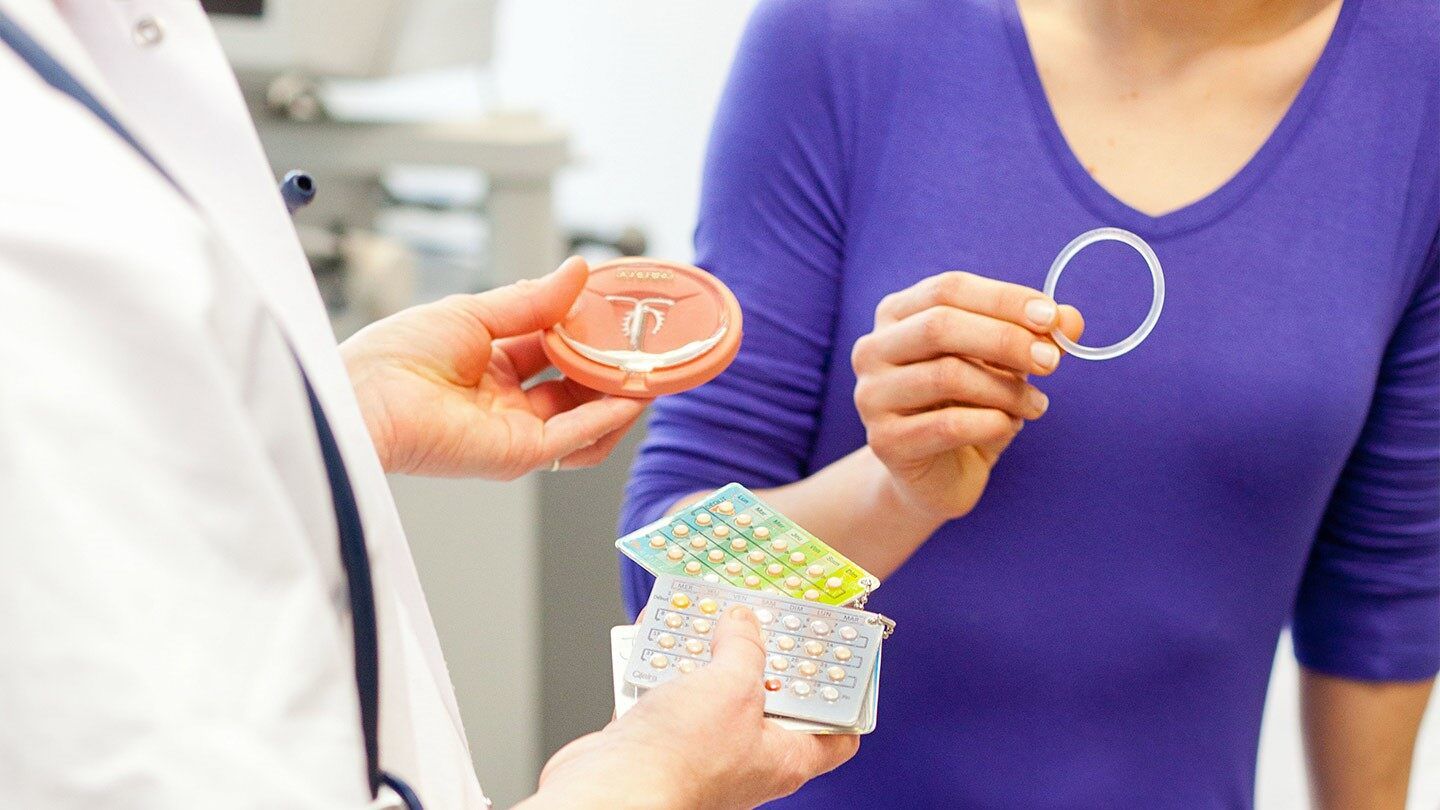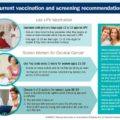Cervical cancer affects the entrance to the womb. The cervix is the narrow part of the lower uterus, often referred to as the neck of the womb. The American Cancer Society estimates that doctors will make 13,170 new diagnoses of cervical cancer by the end of 2019 in the United States. More than 4,200 women in the U.S. will die from cervical cancer this year.
Human papillomavirus (HPV) causes the majority of cervical cancer cases. The HPV vaccine successfully prevents HPV. Almost all cervical cancer cases (99%) are linked to infection with high-risk human papillomaviruses (HPV), an extremely common virus transmitted through sexual contact. Although most infections with HPV resolve spontaneously and cause no symptoms, persistent infection can cause cervical cancer in women.
The Centers for Disease Control and Prevention (CDC) initially recommended the vaccine for all people aged 9–26 years. However, the CDC now advises that the vaccine is also available for all women and men aged 26–45 years who did receive the vaccine as a preteen.
Cervical cancer is the fourth most common cancer in women. In 2018, an estimated 570 000 women were diagnosed with cervical cancer worldwide and about 311 000 women died from the disease.
What are birth control pills?
Birth control pills, also called oral contraceptives, are medications you take by mouth to prevent pregnancy. They’re an effective method of birth control. The types of birth control pills include:
Combination pills: these pills contain synthetic (man-made) forms of the hormones estrogen and progestin. Most pills in each cycle are active, which means they contain hormones. The remaining pills are inactive, which means they don’t contain hormones. There are several types of combination pills:
- Monophasic pills: These are used in one-month cycles and each active pill gives you the same dose of hormone. During the last week of the cycle, you take inactive pills and have your period.
- Multiphasic pills: These are used in one-month cycles and provide different levels of hormones during the cycle. During the last week of the cycle, you take inactive pills and have your period.
- Extended-cycle pills: These are typically used in 13-week cycles. You take active pills for 12 weeks, and during the last week of the cycle, you take inactive pills and have your period. As a result, you have your period only three to four times per year.
Examples of brand-name combination pills include:
- Azurette
- Beyaz
- Enpresse
- Estrostep Fe
- Kariva
- Levora
- Loestrin
- Natazia
- Ocella
- Low-Ogestrel
- Ortho-Novum
- Ortho Tri-Cyclen
- Seasonale
- Seasonique
- Velivet
- Yasmin
- Yaz
Progestin-only pills: progestin-only pills contain progestin without estrogen. This type of pill is also called the minipill. Progestin-only pills may be a good choice for women who can’t take estrogen for health or other reasons. With these progestin-only pills, all pills in the cycle are active. There are no inactive pills, so you may or may not have a period while taking progestin-only pills.
Examples of progestin-only pills include:
- Camila
- Errin
- Heather
- Jencycla
- Nor-QD
- Ortho Micronor
Do Birth Control Pills Cause Cervical Cancer?
Yes, according to the National Cancer Institute, women who have used oral contraceptives for 5 or more years have a higher risk of cervical cancer than women who have never used oral contraceptives. The longer a woman uses oral contraceptives, the greater the increase in her risk of cervical cancer. One study found a 10% increased risk for less than 5 years of use, a 60% increased risk with 5–9 years of use, and a doubling of the risk with 10 or more years of use. However, the risk of cervical cancer has been found to decline over time after women stop using oral contraceptives.
How do I prevent Cervical Cancer?
Cervical cancer can often be prevented by having regular screenings with Pap tests and HPV tests to find any precancers and treat them. It can also be prevented by receiving the HPV vaccine.
The HPV vaccine Gardasil is approved by the U.S. Food and Drug Administration (FDA) for the prevention of cervical cancer caused by HPV for people between ages 9 and 45. Gardasil 9 is available in the United States for preventing infection from HPV16, HPV18, and 5 other types of HPV linked with cancer. There were 2 other vaccines previously available in the United States: Cervarix and the original Gardasil.
However, because of newer vaccines becoming available, these 2 are no longer available in the United States. However, these vaccines may still be in use outside of the United States.
To help prevent cervical cancer, experts recommend that girls receive the HPV vaccination. Talk with a health care provider about the appropriate schedule for vaccination as it may vary based on many factors, including age, gender, and vaccine availability.
.
Additional actions people can take to help prevent cervical cancer include:
- Delaying first sexual intercourse until the late teens or older
- Limiting the number of sex partners
- Practicing safe sex by using condoms and dental dams
- Avoiding sexual intercourse with people who have had many partners
- Avoiding sexual intercourse with people who are infected with genital warts or who show other symptoms
- Quitting smoking.





